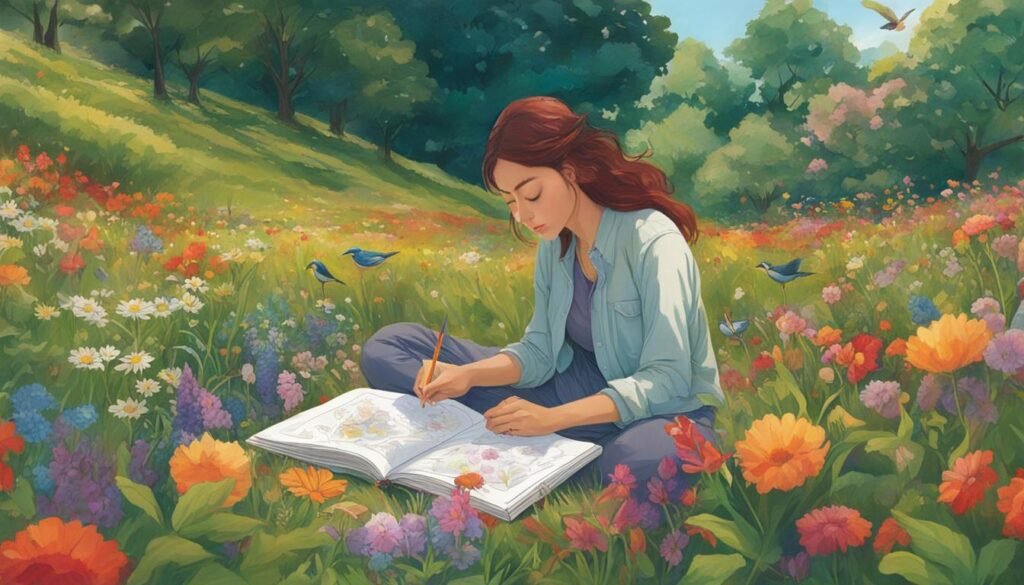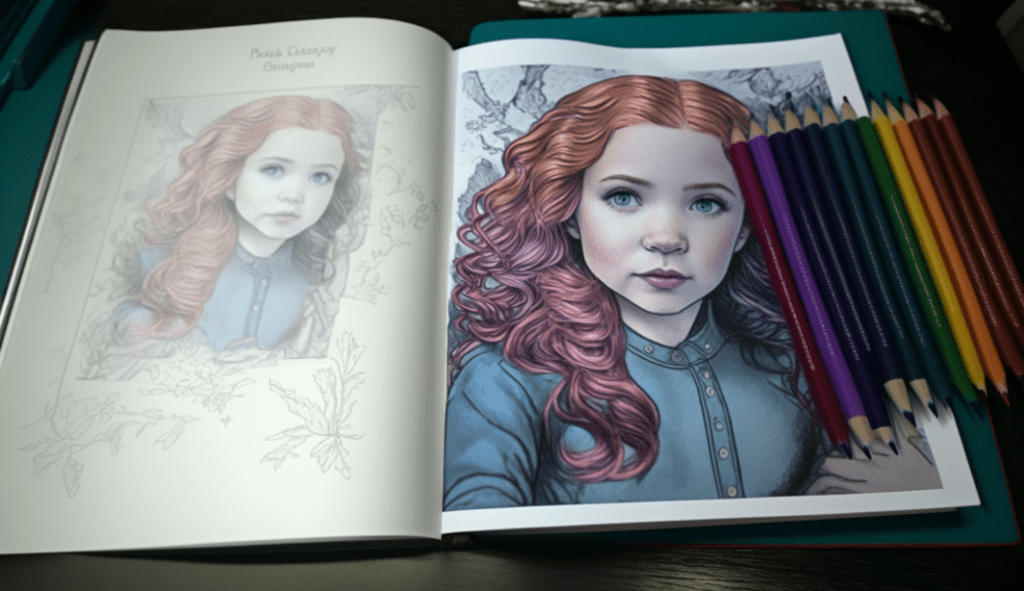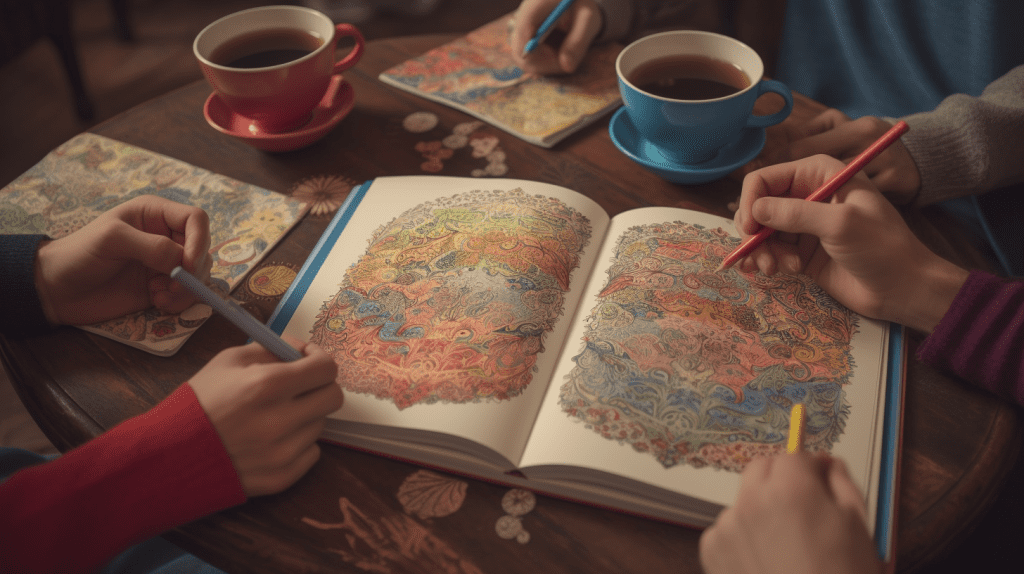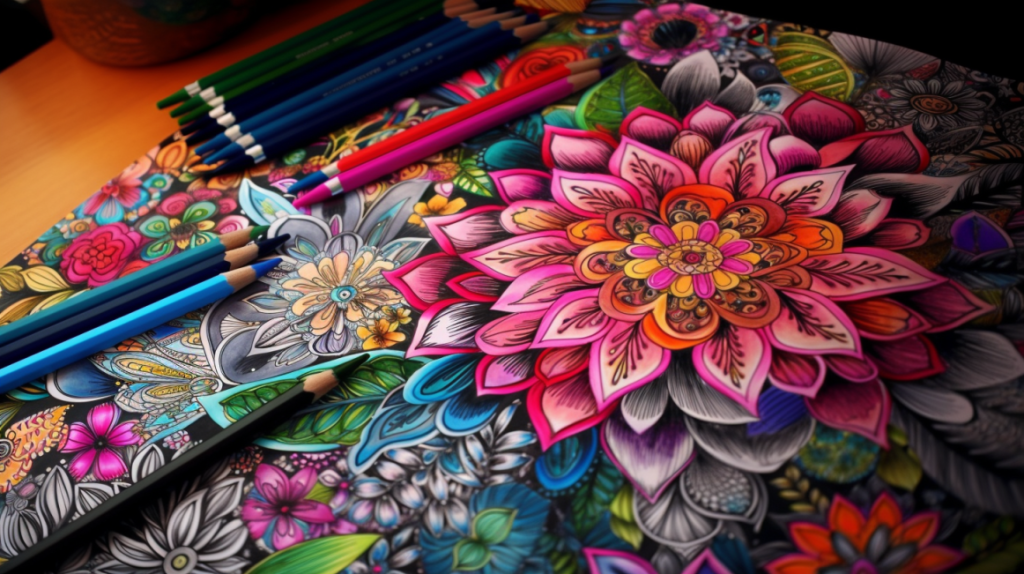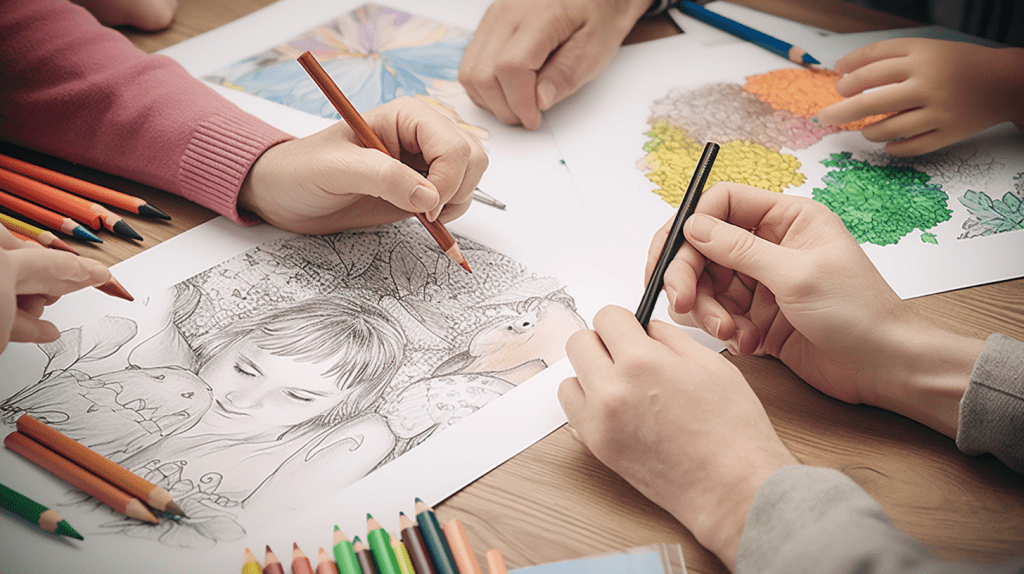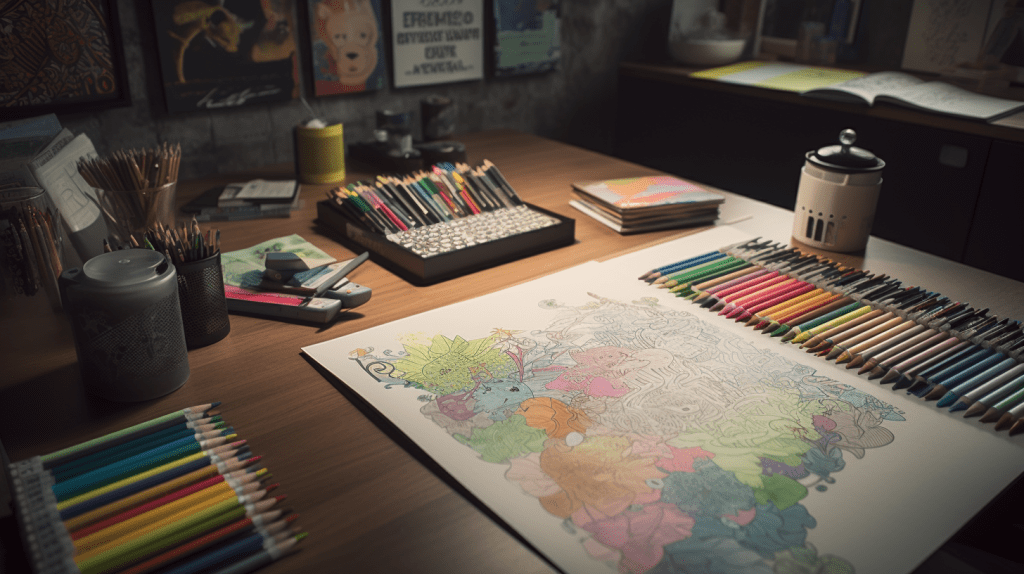If you’re thinking about creating a coloring book, one of the most important things to consider is the color scheme. Choosing the right colors can make or break your book, as it can determine the overall tone and mood of the pages. In this article, we’ll explore the different factors you should consider when selecting colors for your coloring book.
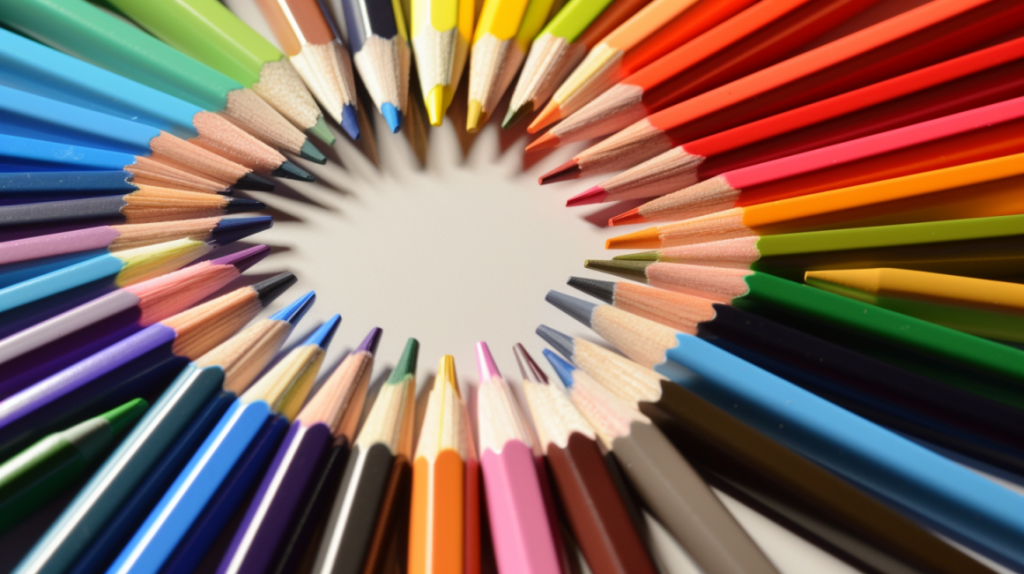
Factors to Consider when Choosing Colors for your Coloring Book
Target Audience
The first factor you should consider is your target audience. Who is your coloring book intended for? Is it for children or adults? Is it for a specific age range or demographic? The colors you choose should appeal to your target audience.
Theme or Subject Matter
The theme or subject matter of your coloring book should also influence your color choices. For example, if your book is about nature, you may want to use greens and browns. If your book is about animals, you may want to use a variety of colors.
Contrast and Visibility
Another factor to consider is contrast and visibility. You want the colors you choose to be easy to see and distinguish from one another. Make sure there is enough contrast between the colors you use so that the images are clear and easy to color.
Printing Method
The printing method you choose can also impact your color choices. Some printing methods may limit the number of colors you can use, while others may allow for more vibrant and complex colors.
Personal Preference
Lastly, don’t forget to consider your own personal preference. You want to choose colors that you enjoy and feel passionate about. If you’re not excited about the colors you’re using, it’s likely that your readers won’t be either.
Tips for Choosing the Right Colors for Your Coloring Book
Start with a Color Palette
One of the easiest ways to choose colors for your coloring book is to start with a color palette. You can use online tools or design software to create a color palette that complements your theme or subject matter.
Use Color Theory
Color theory is the study of how colors interact with one another. By using color theory, you can create harmonious and visually appealing color schemes. For example, you can use complementary colors (colors opposite each other on the color wheel) to create a bold and striking color scheme.
Experiment with Different Combinations
Don’t be afraid to experiment with different color combinations. Try combining different shades and hues to create unique and interesting color schemes. You can also try using different shades of the same color to create depth and dimension.
Consider Coloring Mediums
Different coloring mediums (such as colored pencils, markers, and watercolors) may have different color capabilities. Consider which coloring medium your readers are likely to use and choose colors that will work well with that medium.
Get Feedback
Lastly, don’t forget to get feedback from others. Ask friends or family members to look at your color choices and provide feedback. You can also create a survey or poll to get feedback from your target audience.
Conclusion
Choosing the right colors for your coloring book is an important step in the creative process. By considering factors such as your target audience, theme, and printing method, and using tips such as starting with a color palette and using color theory, you can create a visually appealing and engaging coloring book.
Frequently Asked Questions
How do I choose the right colors for my coloring pages?
When choosing colors for your coloring pages, consider the mood you want to convey and the theme of the image. You can also use color theory principles, such as complementary or analogous colors, to create a harmonious and balanced color scheme. Experiment with different combinations and have fun!
What are complementary colors?
Complementary colors are colors that are opposite each other on the color wheel. When used together, they create a high-contrast and vibrant effect. For example, red and green are complementary colors, as are blue and orange, and yellow and purple.
What are analogous colors?
Analogous colors are colors that are next to each other on the color wheel. They create a harmonious and natural color scheme, as they are often found in nature. For example, yellow-green, green, and blue-green are analogous colors, as are red, orange, and yellow.

